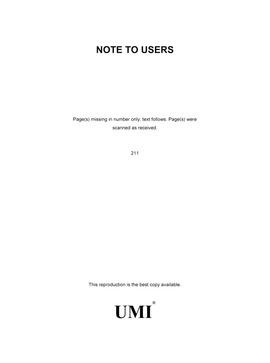| dc.contributor.advisor | Gollahalli, Subramanyam, | en_US |
| dc.contributor.author | Goh, Sien Fong. | en_US |
| dc.date.accessioned | 2013-08-16T12:19:01Z | |
| dc.date.available | 2013-08-16T12:19:01Z | |
| dc.date.issued | 2003 | en_US |
| dc.identifier.uri | https://hdl.handle.net/11244/626 | |
| dc.description.abstract | An experimental and numerical study of a turbulent smoke point diffusion flame in a quiescent and cross-flow condition was performed. The fuel mass flow rate of a turbulent smoke point flame was determined at a quiescent condition and in cross-flow with velocity ranging from 2 to 4 m/s. This fuel mass flow rate is defined as the Critical Fuel Mass Flow Rate (CFMFR). At a fuel mass flow rate below the CFMFR the flame produces smoke. In the dilution study, an amount of inert gas (nitrogen) was added to the fuel stream to achieve the smoke point condition for ten different fractions of CFMFR. From this dilution study, three regions were defined, the chemically-dominated region, transition region, and momentum-dominated region. The first objective of this study was to determine the factors behind the distinction of these three regions. The second objective was to understand the effect of cross-flow velocity on the smoke point flame structure. The flame temperature, radiation, geometrical dimension of flame, velocity, and global emissions and in-flame species concentration were measured. The third objective was to study a numerical model that can simulate the turbulent smoke point flame structure. | en_US |
| dc.description.abstract | The dilution study showed that the flames in quiescent condition and in the 3.5 and 4 m/s cross-flow condition had the chemically-dominated region at 5% to 20% CFMFR, the transition region at 20% to 40% CFMFR, and the momentum-dominated region at 40% to 100% CFMFR. On the other hand, the flame in cross-flow of 2 to 3 m/s showed the chemically-dominated region at 5% to 10% CFMFR, the transition region at 10% to 30% CFMFR, and the momentum-dominated region at 30% to 100% CFMFR. The chemically-dominated flame had a sharp dual-peak structure for the flame temperature, CO2 and NO concentration profiles at 25% and 50% flame length. However, the momentum-dominated region flame exhibited a dual peak structure only at 25% flame length. The decrease of flow rate from 30% to 10% CFMFR showed an increase of flame length. The LII study showed that the soot concentration increased with the decrease of the turbulence intensity in the momentum dominated region (tested on the 100% and 60% CFMFR). | en_US |
| dc.description.abstract | The cross-flow velocity had a non-monotonic effects on the flame. The evidences could be observed from the flame length and the soot concentration results. The flame length showed a decrease when the cross-flow velocity increased from 2 to 3 m/s. | en_US |
| dc.description.abstract | The numerical model was fairly adequate in qualitatively predicting a smoke point turbulent diffusion flame structure in a cross-flow and quiescent condition. The model failed in the prediction of a laminar flame. The model showed a good agreement between experimental and numerical results for O 2 concentration and flame temperature. (Abstract shortened by UMI.) | en_US |
| dc.format.extent | xxv, 352 leaves : | en_US |
| dc.subject | Flame. | en_US |
| dc.subject | Soot. | en_US |
| dc.subject | Engineering, Mechanical. | en_US |
| dc.subject | Smoke. | en_US |
| dc.subject | Physics, Fluid and Plasma. | en_US |
| dc.subject | Fuel Testing. | en_US |
| dc.subject | Combustion. | en_US |
| dc.title | An experimental and numerical study of diffusion flames in cross-flow and quiescent environment at smoke point condition. | en_US |
| dc.type | Thesis | en_US |
| dc.thesis.degree | Ph.D. | en_US |
| dc.thesis.degreeDiscipline | School of Aerospace and Mechanical Engineering | en_US |
| dc.note | Source: Dissertation Abstracts International, Volume: 64-06, Section: B, page: 2876. | en_US |
| dc.note | Major Professor: Subramanyam Gollahalli. | en_US |
| ou.identifier | (UMI)AAI3096336 | en_US |
| ou.group | College of Engineering::School of Aerospace and Mechanical Engineering | |
